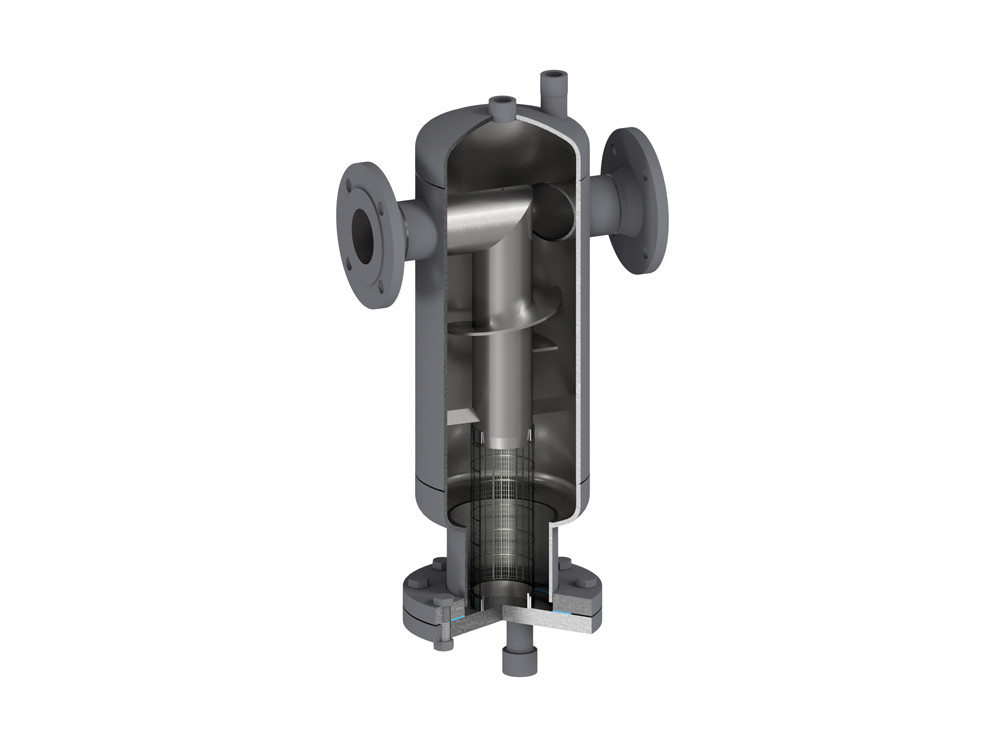Valsteam ADCA
Specifications
-
Body design
Version with integrated strainer
-
Application
To remove air and dirt in hydronic heating, cooling and pumping systems
-
Body material
Carbon Steel P235GH,
Stainless steel ASTM A312 TP 316L on request -
Available models
AS/SF - carbon steel with strainer,
AS/SSF - stainless steel with strainer -
Maximum allowable pressure
Up to 10 bar
-
Maximum allowable temperature
110°C
-
Minimum operating temperature
-10°C
-
Air vent and Drainer bore diameter
Drain connection 3/4” – 1.1/2” (depending on the selected size),
Automatic air eliminator connection 1/2” – 1” (depending on the selected size),
Manual start-up air drain connection 1/2” – 1” (depending on the selected size),
Strainer drain connection 3/4” – 1.1/2” (depending on the selected size) -
Connections
Flanged EN 1092-1 PN 16,
Flanged ASME B16.5 Class 150 on request

